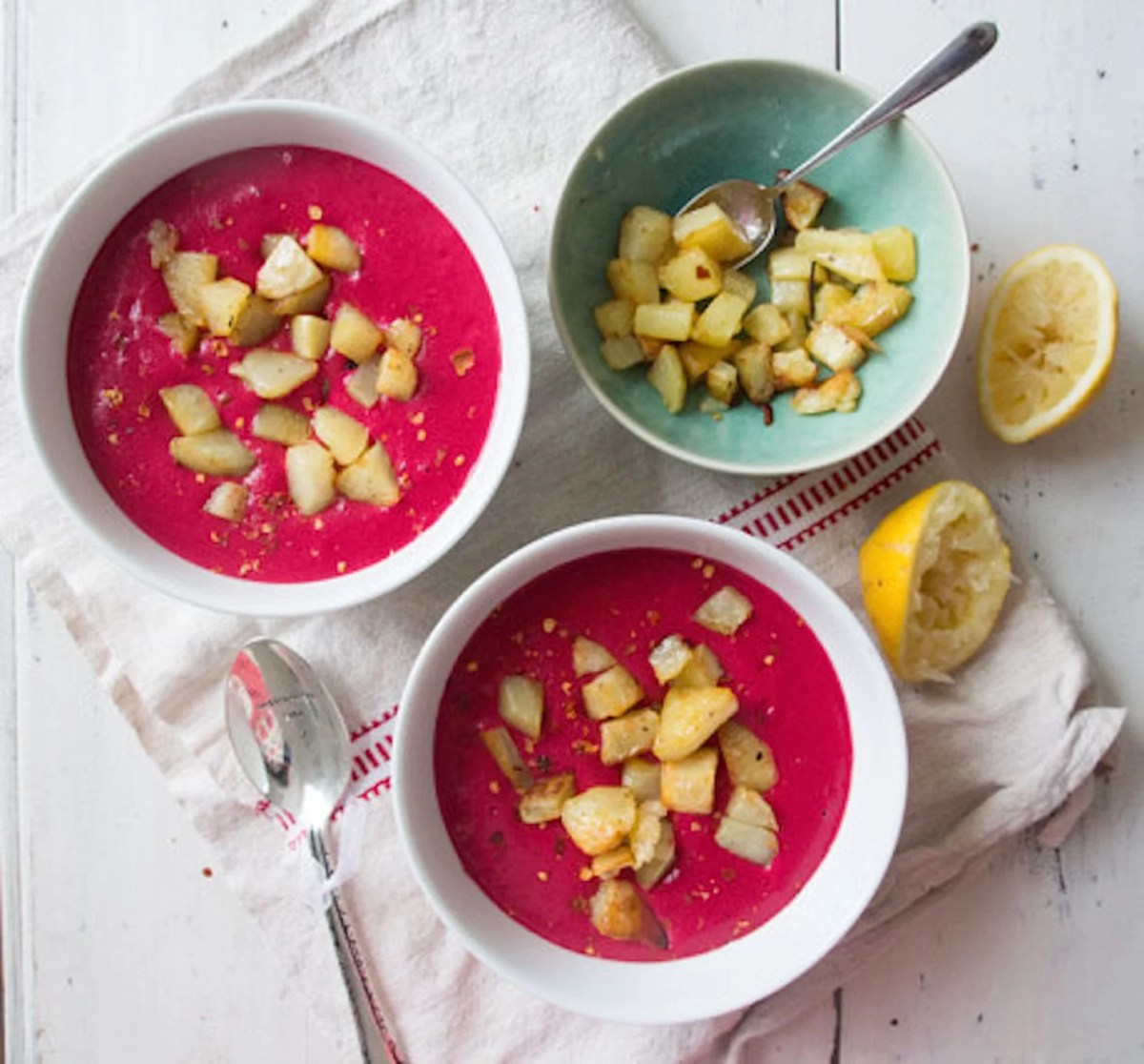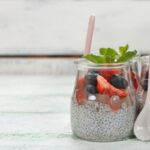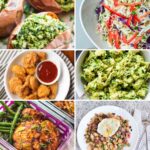Imagine a chilly afternoon, the aroma of simmering herbs and spices filling your kitchen. A bowl of steaming, vibrant Paleo soup, bursting with flavor and brimming with wholesome goodness, awaits. This isn’t just sustenance; it’s a comforting embrace, a culinary journey into the heart of nourishing, delicious food. We’ll explore five captivating Paleo soup recipes, from creamy chicken and vegetable delights to inventive flavor combinations that cater to various dietary needs. Learn the secrets to achieving that perfect creamy texture without dairy, master the art of preserving nutrient-rich vegetables, and discover the magic of presentation that elevates a simple bowl of soup into a truly memorable culinary experience. Prepare to embark on a flavorful adventure that will redefine your cozy lunch routine.
This guide dives deep into the world of Paleo soups, providing not only delicious recipes but also invaluable techniques for preparation, presentation, and storage. Whether you’re a seasoned Paleo enthusiast or a curious newcomer, you’ll find practical advice and inspiring ideas to create your own comforting and nutritious lunch masterpieces. We’ll cover everything from selecting the perfect ingredients to achieving that restaurant-quality presentation, ensuring each bowl is as visually appealing as it is delicious.
Step-by-Step Guide

This recipe for Creamy Chicken & Vegetable Paleo Soup delivers a comforting, flavorful, and nutritious meal perfect for a cozy lunch. The creamy texture is achieved without any dairy, relying instead on the natural creaminess of blended vegetables and a touch of healthy fats. This recipe emphasizes vibrant colors and nutrient retention through careful vegetable preparation and cooking techniques.
Ingredients
This recipe yields approximately 6 servings. Precise measurements ensure consistent results and optimal flavor balance.
- 1 tablespoon olive oil
- 1 onion, chopped
- 2 carrots, chopped
- 2 celery stalks, chopped
- 1 cup chopped broccoli florets
- 1 cup chopped zucchini
- 1 cup chopped bell pepper (any color)
- 1.5 lbs boneless, skinless chicken breasts, cut into 1-inch cubes
- 6 cups chicken broth (preferably homemade, low-sodium)
- 1 teaspoon dried thyme
- 1/2 teaspoon dried rosemary
- Salt and pepper to taste
- 2 tablespoons coconut cream (full-fat)
- 1 tablespoon chopped fresh parsley (for garnish, optional)
Vegetable Preparation and Cooking
Proper preparation and cooking of vegetables is crucial for preserving their nutritional value and maintaining their vibrant colors. Overcooking can lead to nutrient loss and dull colors. Blanching before adding to the soup helps retain the crispness and color of the vegetables.
- Wash all vegetables thoroughly under cold running water. Imagine the water cascading over the vegetables, removing any lingering soil or debris.
- Chop the vegetables into roughly equal-sized pieces. Uniform sizing ensures even cooking.
- Blanch the broccoli, zucchini, and bell pepper in boiling water for 2-3 minutes. This process helps to set the color and texture. Visualize the vegetables briefly submerged in the boiling water, becoming bright and slightly softened.
- Immediately transfer the blanched vegetables to an ice bath to stop the cooking process and maintain their vibrant green and yellow hues. The contrast of the ice-cold water against the hot vegetables creates a dramatic visual effect.
Soup Preparation
This section details the step-by-step process of creating the soup, from sautéing the aromatics to achieving the creamy consistency.
- Heat the olive oil in a large pot or Dutch oven over medium heat. Imagine the oil shimmering gently as it warms.
- Add the onion, carrots, and celery and sauté for 5-7 minutes, or until softened. The vegetables will slowly transform from raw to translucent, releasing their aromas.
- Add the chicken and cook until browned on all sides. The chicken will take on a rich golden-brown hue, indicating a delicious sear.
- Pour in the chicken broth, add the thyme and rosemary, and bring to a boil. The broth will begin to simmer, releasing fragrant steam.
- Reduce heat to low, cover, and simmer for 15-20 minutes, or until the chicken is cooked through. The chicken will become tender and easily shreddable.
- Add the blanched broccoli, zucchini, and bell pepper. Simmer for another 5 minutes, until the vegetables are tender-crisp. The vegetables will retain their vibrant colors and a slight firmness.
- Carefully transfer about 1/3 of the soup to a blender (or use an immersion blender) and blend until smooth and creamy. The blended portion will create a luxurious, velvety texture.
- Return the blended soup to the pot and stir in the coconut cream. Heat through gently, do not boil. The coconut cream will enrich the soup, adding a subtle sweetness and thickness.
- Season with salt and pepper to taste. Adjust seasoning to your preference.
- Garnish with fresh parsley, if desired. The bright green parsley adds a pop of color and fresh herbal notes.
From the vibrant hues of perfectly cooked vegetables to the rich, savory depths of bone broth-based creations, the world of Paleo soups offers endless possibilities for a satisfying and healthy lunch. This journey has equipped you with not only delectable recipes but also the knowledge to create your own variations, tailored to your preferences and dietary needs. Remember the importance of fresh, high-quality ingredients, the power of thoughtful presentation, and the convenience of make-ahead options. So, gather your ingredients, embrace the culinary adventure, and savor the warmth and nourishment of your very own delicious Paleo soup.
FAQ Resource
Can I use frozen vegetables in Paleo soups?
Yes, frozen vegetables are a convenient option and often retain their nutritional value well. However, be mindful that they may release more water during cooking, potentially affecting the soup’s consistency.
How long can I store leftover Paleo soup in the refrigerator?
Properly stored in an airtight container, leftover Paleo soup should remain fresh in the refrigerator for 3-4 days.
Can I make Paleo soup in a slow cooker?
Absolutely! Slow cookers are ideal for developing rich flavors in Paleo soups. Adjust cooking times as needed based on your specific recipe and slow cooker model.
What are some good gluten-free thickeners for Paleo soups?
Arrowroot powder, tapioca starch, and even pureed vegetables like carrots or sweet potatoes can be used to thicken Paleo soups without gluten.


